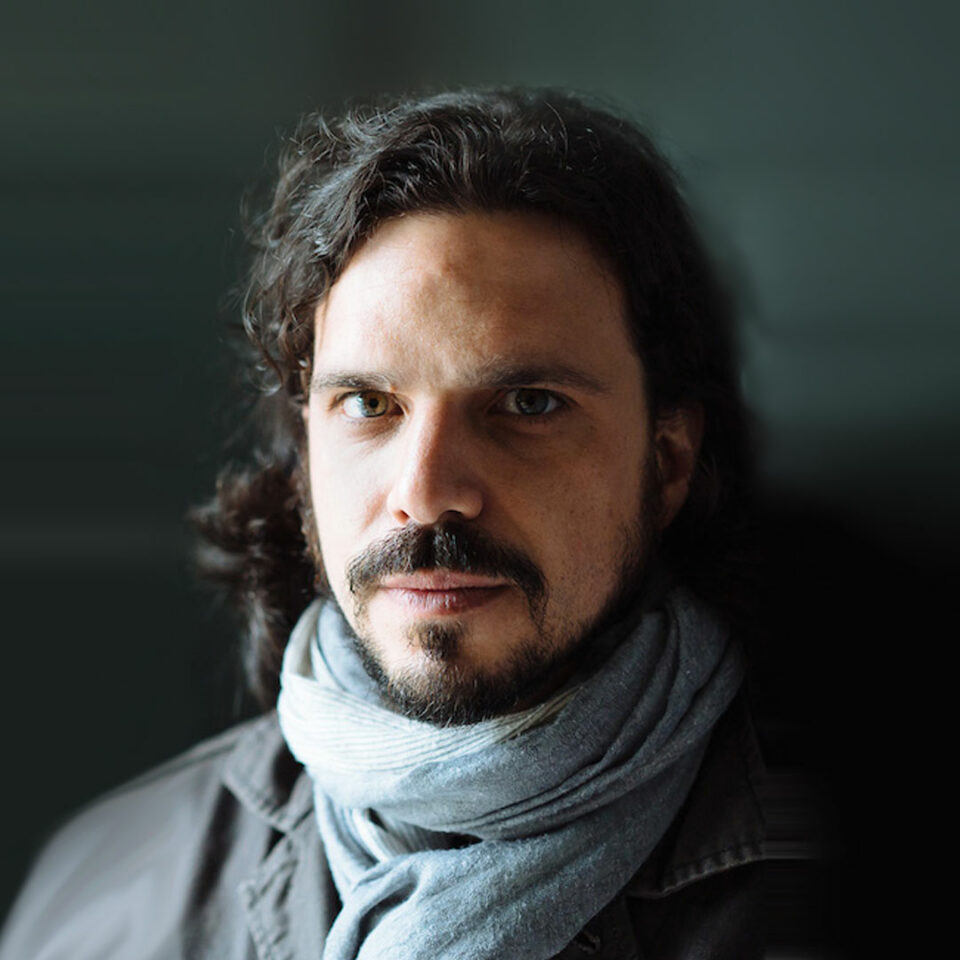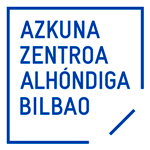
NICOLÁS COMBARRO
PHOTOGRAPHY
A Coruña, 1979. He employs different artistic forms such as photography, installation, or film, he is also a teacher and an independent curator of exhibitions.
As an artist he has done individual exhibitions in museums such as Maison Européenne de la Photographie (París), the CGAC (Santiago de Compostela), MARCO (Vigo), Palexco (A Coruña), Institut Français (Madrid), OCEMX (México DF) and in galleries such as la Solo Galerie (París), Galería Moriarty (Madrid), Kwanhoon Gallery (Seoul), Galería Taché (Barcelona) or the PABLO Gallery (Manila). He has done site specific pieces in the I Manila Biennial (Philippines), Tabacalera (Madrid), Kreativquartier (Munich), 42 Salón Nacional de Artistas (Cartagena de Indias) and has participated in the Spanish Pavilion of the 15th Venice Architecture Biennial, among others.
He has received scholarships and awards such as the artistic residency in the Spanish Royal Academy in Rome, 20th scholarship Fotopress of La Caixa, Laureat de la Cité Internationale des Arts de París, the Premio Saab, an award for the best exhibition of the Festival Off of Photoespaña, or the award Premio de Fotografía INJUVE.
Among other books he has published Interventions (RM), Arquitectura y resistencia (Architecture and resistance, Editorial Cabeza de Chorlito) and Arquitectura Espontánea (Spontaneous Architecture, Fundación La Caixa).
Share:
Sotterranei. Intervenciones lumínicas.
Rome and Naples have many subterranean levels of architecture of great wealth. What we do not see, and what remains hidden, always awaken a great fascination and potential to be revealed, to “come to light”.
The project seeks to reveal these spaces through light interventions using architectural abstractions. These are light compositions that, directly projected on these subterranean forms, allow us to generate dialogue between artistic action and the architectural and historical burden. We are able to construct a temporary bridge between the present and the past by activating constructions from different eras through this intervention. This is generally functional architecture that is not monumental, such as tanks, aqueducts, or quarries, normally out of sight from the visitors.
An important part of the work consists of locating and investigating the architecture of these two cities, in order to understand the relationship between the surface and the subsoil and the different strata that exist between both. The photographic documentation of these places, quite unknown to the regular visitor of the city (even to the inhabitants), is compiled in an archive that is used as a premise to generate different lines of work through collage or drawing.
The project draws from a preliminary investigation on subterranean spaces of the cities of Rome and Naples, which helped me discover the incredible amount and diversity of structures that remain hidden below the surface of these two cities. In the case of Rome, there is a great historic stratification that underlies a contemporary city, an inverted city that has adapted to the times. Impressive architecture that had already had many subterranean spaces, but the raised level of the city had hidden for centuries, until it was rediscovered in the Renaissance, becoming a source of inspiration for many artists such as Rafael or Michelangelo.
In the case of Naples, built on an imposing mountain in the shade of Vesuvius, the city has plenteous tunnels that, on one hand provided prime material for the construction of the city, of which many were functional structures: aqueducts and cisterns from the Roman period, or underground passages such as the Bourbon Gallery (19th century). Some of these impressive spaces were used as bomb shelters during World War II, adding an emotional component to the memory of these places.
The intervention work consisted in locating, documenting, and understanding these spaces upon which light was projected with geometric forms that, when hitting the walls excavated in the rock, would generate organic forms and reveal part of the architecture, creating a new present, a new look. These interventions were captured through photographs to later be presented in the exhibition space in large format, allowing for a virtual experience of the intervention.
In parallel, the drift work and rediscovery of the surface architecture of Rome and Naples has revealed a very particular architectural overlap that was tackled through a photographic archive, that was later intervened with techniques of cropping and collage, generating a fictional documentary based on a reinterpreted reality.
Staying at the Spanish Royal Academy in Rome is a privileged experience for many reasons. Being able to work at a rhythm adequate for an in-depth development of a project is almost a necessity in the context of contemporary art. On the other hand, the dynamics of the Academy in itself, the exchange with the invited professionals, the excellent and implicated work of the team of the institution and management, and of course, living with different artists in residence from various disciplines, make this residency a unique experience.
Likewise, the opportunity to live in the city of Rome, with its imposing history, architecture, and art, it is almost and obligation for any artist, a kind of contemporary “Grand Tour” in which to find oneself and live intensely with our historical and cultural references.
